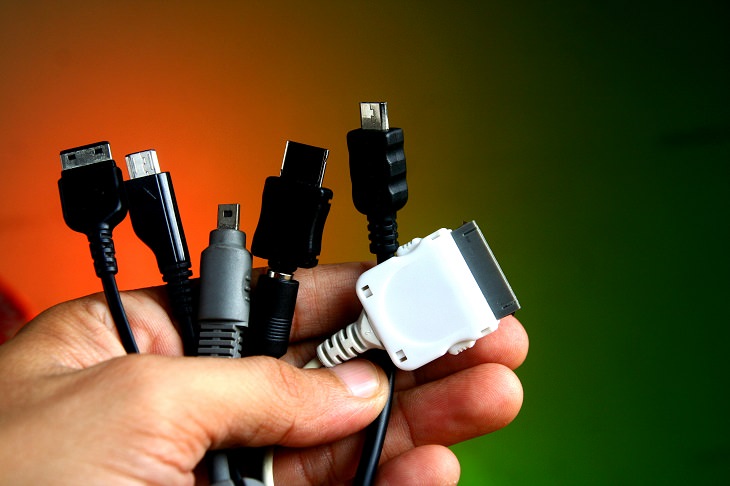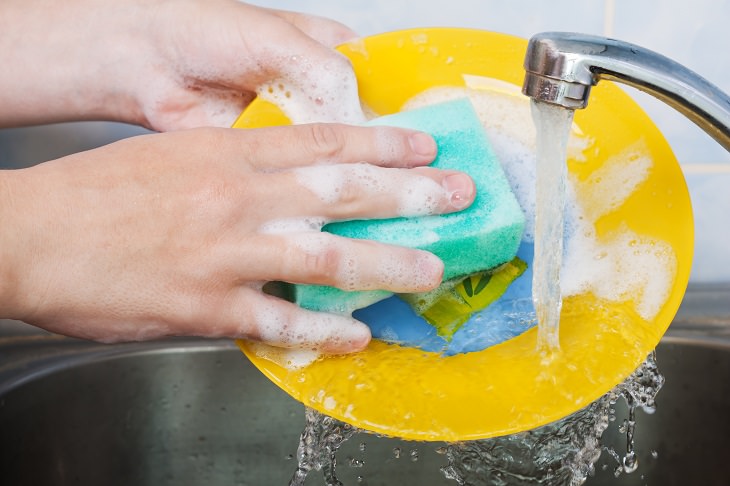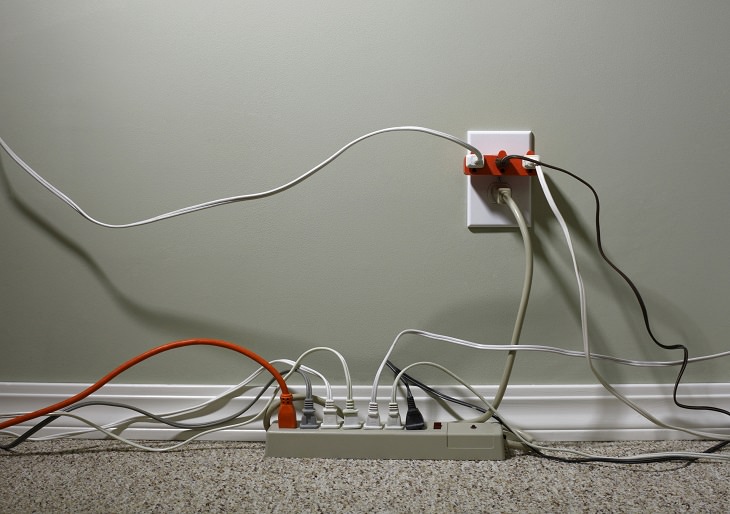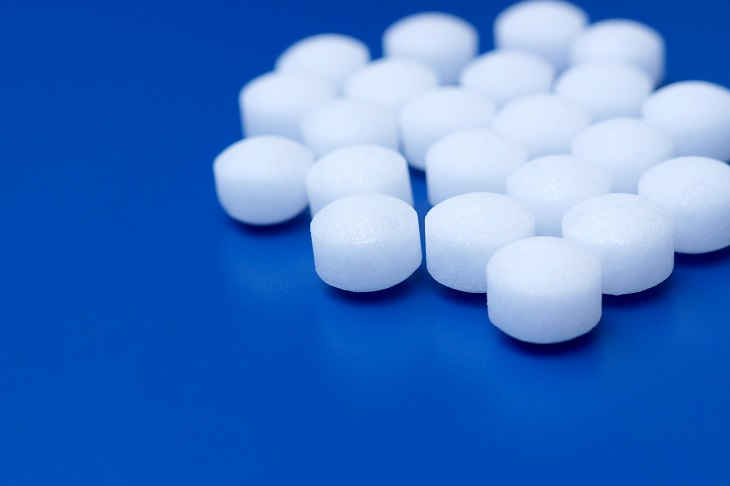

You might be tempted to buy that cheap model at the airport, but studies show that this can pose dangers to your expensive smartphone. This is because most off-brand chargers provide inconsistent power, leading to battery damage. If you want to save money, well-established third-party charger brands such as Belkin and Monoprice have both done well in tests.
2. Old Pancake Mix
Packaged pancake mixes can be toxic under certain circumstances. It’s a breeding ground for hard-to-spot bacteria and mold, which can be fatal for allergy sufferers. Chuck that expired box or bag in the trash right away.
3. Expired Makeup
Yes, beauty products can go bad. Even worse, they can cause breakouts, skin parasites, and loss of vision, if not disposed of at a proper time. While it might be difficult to toss away precious samples, old makeup can serve as a breeding ground for germs, harboring nasty bacteria that can wreak havoc in your body.

One of the most bacteria-riddled things in your house is the kitchen sponge. Their porous nature and liquid-absorbing abilities make them the ideal living space for bacteria. Even if you’re practicing proper hygiene – soaping and rinsing the sponge regularly – it won’t be enough. Therefore, experts recommend that you replace your kitchen sponge once a week.
5. Stale Spices
Many people choose to believe that spices can last forever – they don’t. A report from the FDA notes that commonly imported spices are contaminated with salmonella at twice the rate of all other imported foods, including basil, coriander, oregano, sesame seeds, and black pepper. Therefore, if you want to avoid an unexpected bout of food poisoning, make sure to refresh your pantry regularly.
6. Plastic Containers
Gladware, Tupperware, Snapware, you name it, everyone has a collection of plastic containers. They’re great for storing leftovers, but studies show that these can contain high levels of bisphenol-A (BPA), a toxic frequently found in plastics. Even in low doses, this chemical can have a huge impact on hormonal balance and the brain. You must make sure to never use plastic containers in the microwave unless they’re labeled microwave safe.

Some studies suggest that a poorly maintained A/C system can become contaminated and be detrimental to your health. Their findings also note that moisture-related HVAC components, such as cooling coils and humidification systems can trigger symptoms such as lower and upper respiratory problems, headaches, fatigue, and eye and skin irritation. Older filters are more prone to contamination, so make sure to change them every 30-60 days.
8. Old Electronics
How many old cell phones do you have in your drawers at home? How about out-dated laptops stacked in the closet? You need to get rid of them as soon as possible as they’re full of toxic chemicals that erode over time, such as lead, arsenic, and cadmium. Furthermore, the lithium batteries in old electronics can burst, creating a potential fire risk.
9. Oven Cleaner
Most of these cleaners contain highly corrosive chemicals that can cause redness and burns if they come into contact with skin. Don’t worry, you can always use alternatives such as baking soda paste. Simply mix baking soda and water to create a safe oven cleaner.

Any frayed electrical cords need to replaced right away – they’re a big source of accidental electrocution. Throw out worn and frayed cords and be sure to obey the fine print.
11. Small Space Heaters
Anything that’s gas-powered releases toxins into the air, which is why using them indoors is extremely dangerous. They are a common cause of carbon monoxide poisoning – a condition that presents very little warning symptoms. In fact, more than 400 people die from accidental CO poisoning in the U.S. every year. You should never use a gas range or gas oven to heat your home.
12. Wet Wipes
From babies to grown adults, wet wipes are used on skin, tables, and any other type of surface that you can think of. They might be convenient, but the Environmental Working Group points out that the wipes can contain a range of chemicals. Some contain a common preservative called phenoxyethanol that has been liked to respiratory health problems and eczema.

Used for pest control, mothballs slowly turn from solids to toxic vapor. According to the National Pesticide Information Center, the active ingredients, either paradichlorobenzene or naphthalene, can be hazardous to your health. These chemicals become a gas when exposed to air, irritating the eyes and lungs with bouts of nausea and dizziness. Some countries have banned them due to their health risks.
14. Pressed-Wood Products
Pressed wood can be found in hardwood floors, furniture, and paneling. The problem is that the wood particles are bound together using a formaldehyde-based resin. This chemical can cause watery eyes, asthma attacks, and burning sensations in the eyes and throat. To add to this, it might also be carcinogenic.
15. Microwave Popcorn
We all love a bowl of popcorn with a movie, but you might want to think twice about your go-to snack. According to Get Holistic Health, the finished produced is laced with unhealthy chemicals and genetically modified organisms (GMOs). Furthermore, the inner lining of popcorn bags contain traces of toxic materials that also contaminate the kernels.
Source: rd
Images: depositphotos